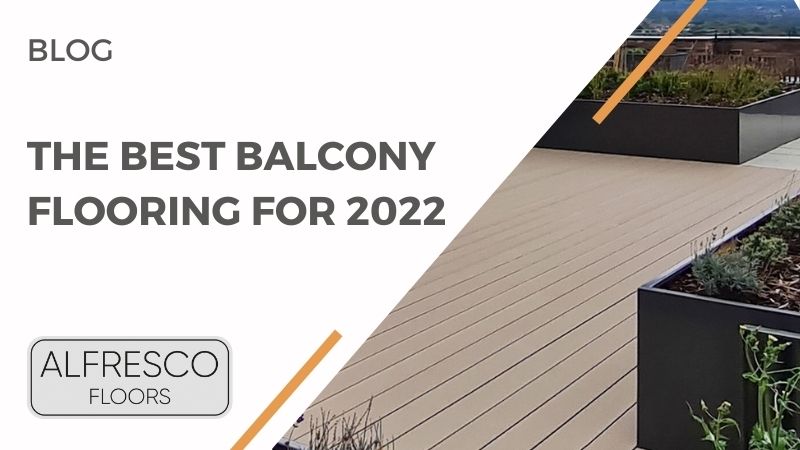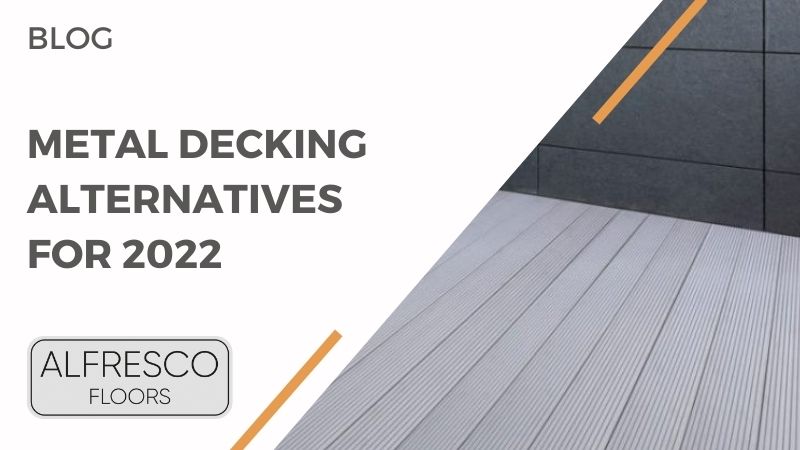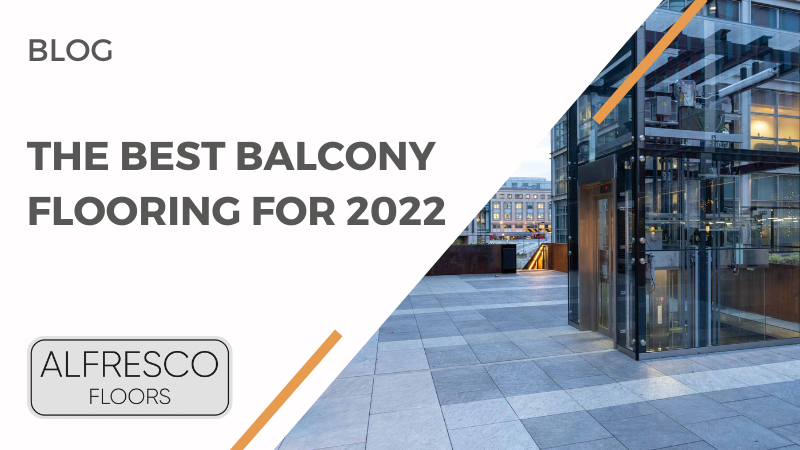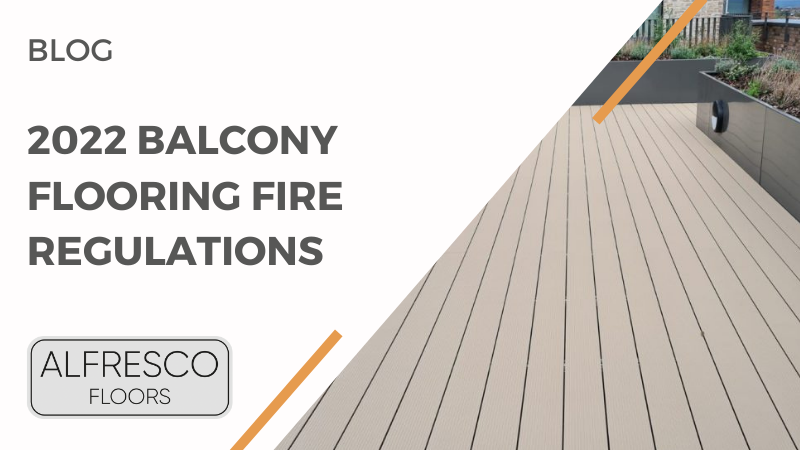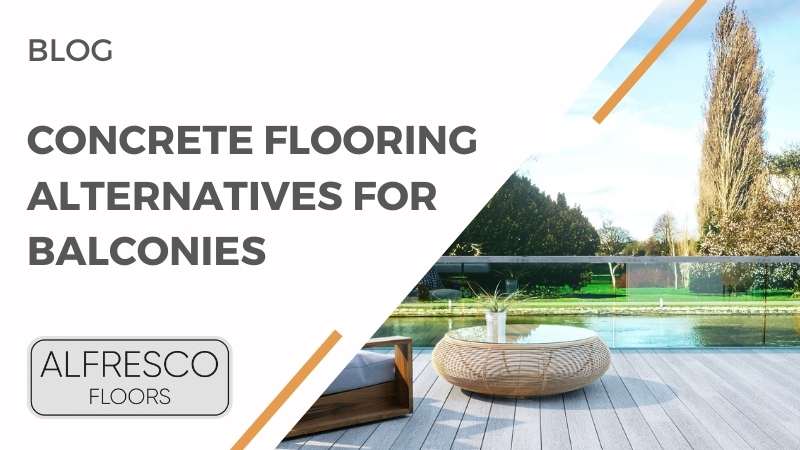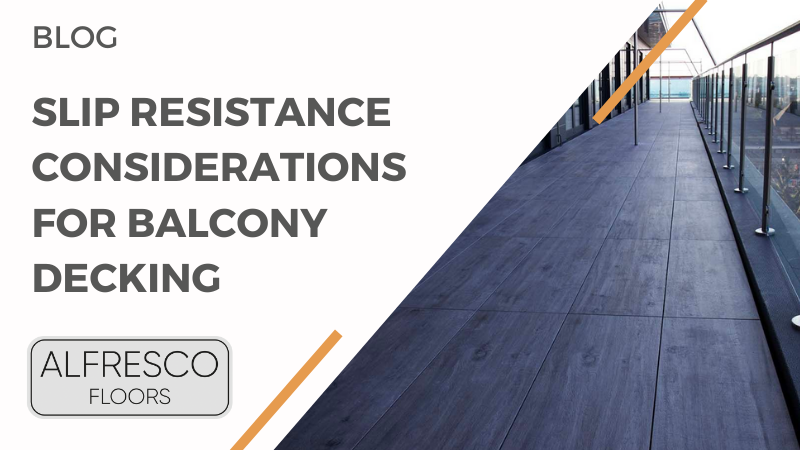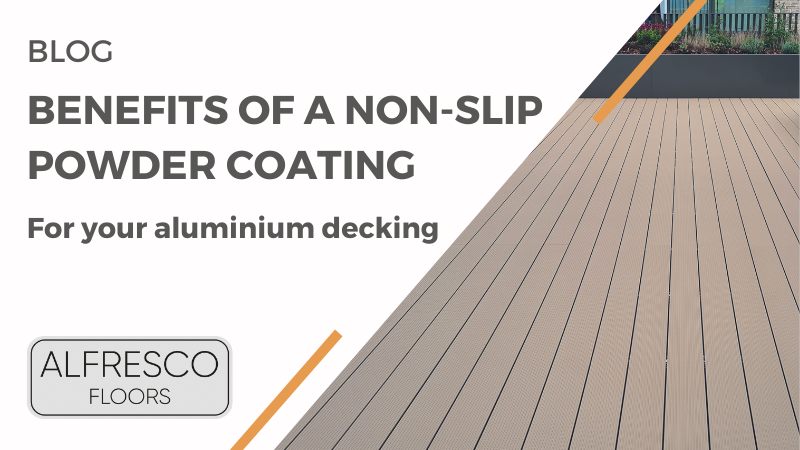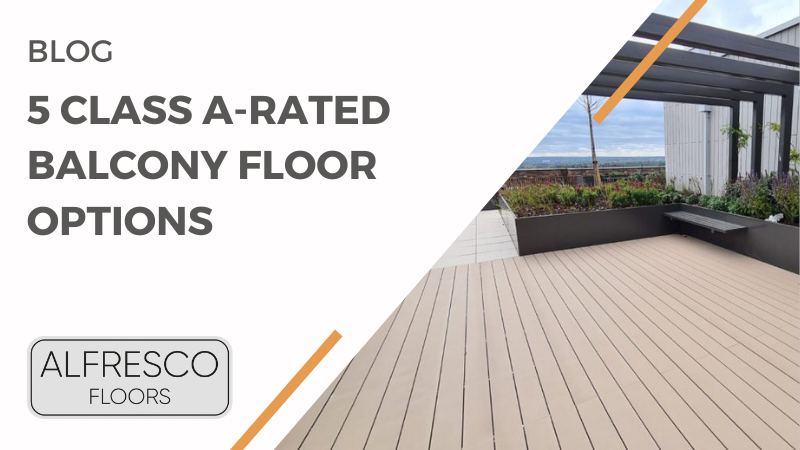04 Jan Balcony Flooring – Dos and Don’ts For 2022
When it comes to specifying balcony flooring, compliance with building and fire regulations is essential.
We’ve discussed a range of important balcony flooring regulations, but as we head into the new year, it’s important to get refreshed.
In this blog, we’re highlighting some dos and don’ts that should make your balcony flooring projects the best they can be.



